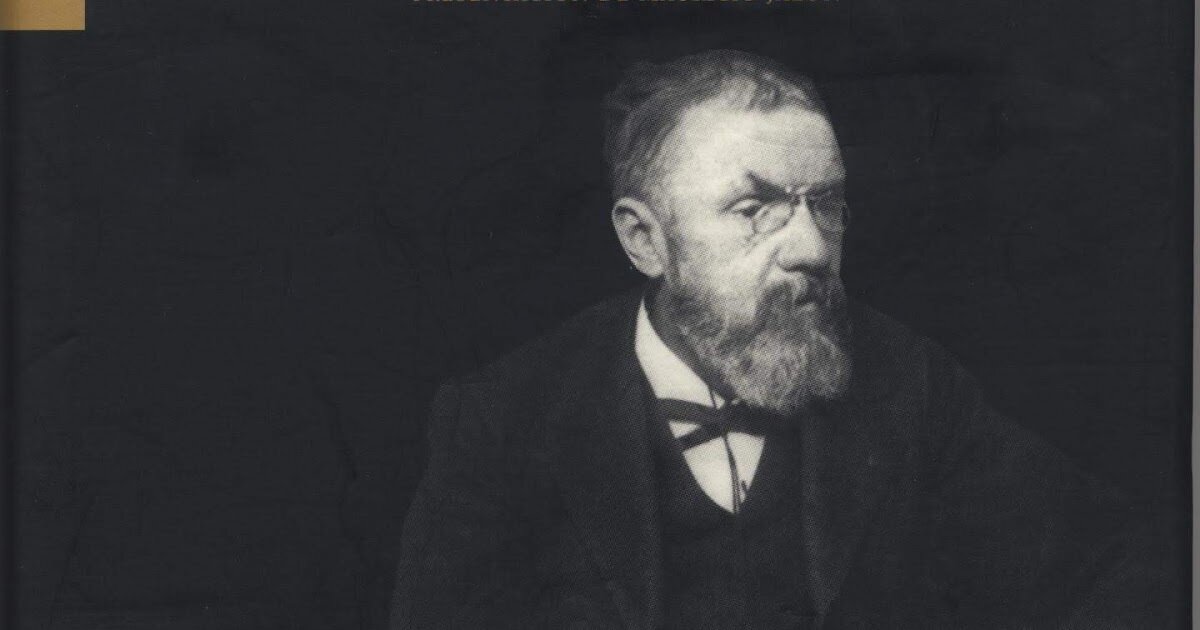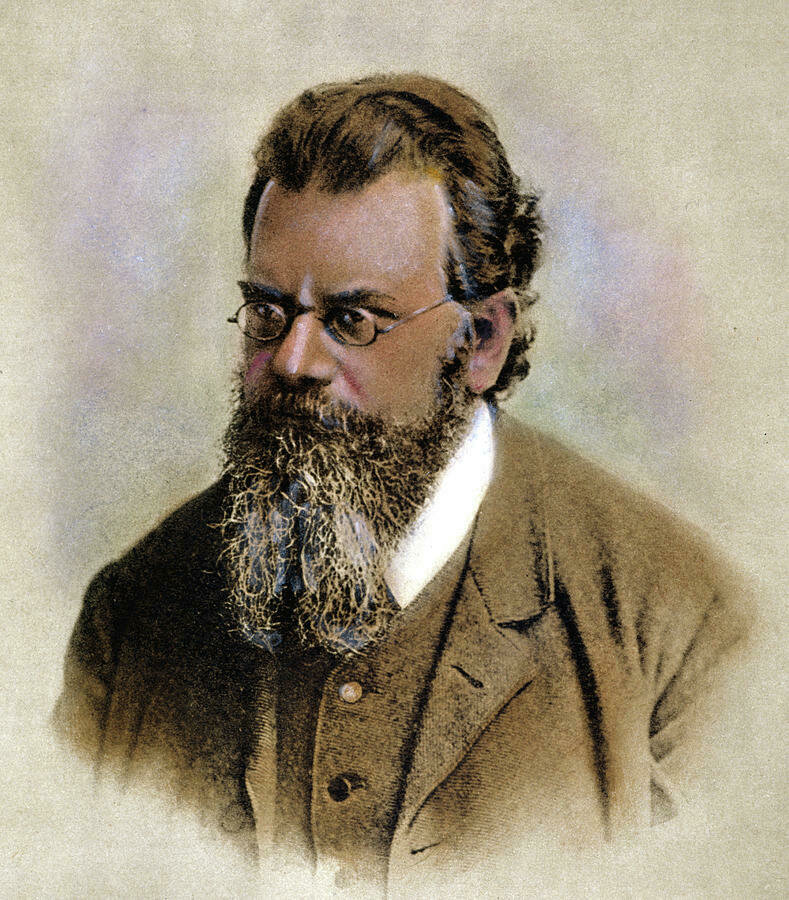The reversibility paradox in matrix hydrodynamics
Klas Modin



Euler's equations


Euler's equations


Euler's equations


(2-D)
Euler's equations


(2-D)
Euler's equations


(2-D)
Euler's equations


(2-D)
Euler's equations


(2-D)
Poisson bracket
Euler-Zeitlin equations


(2-D)
Commutator

\(N\times N\) matrices
Matrix hydrodynamics
approach for spatial discretization
Poisson algebra \( (M,\{\cdot,\cdot\})\) \(\iff\) matrix Lie algebra \( (\mathfrak{g},\frac{1}{\hbar}[\cdot,\cdot])\)
Thm [M. & Viviani]
Solutions \(\omega(t)\in H^6(M)\) and \(W(t)\in \mathfrak{u}(N)\) for \(t\in [0,T]\)
Then
\(||T_N^*W(t)-\omega(t)||_{L^2} = \mathcal{O}(N^{-1})\)

Sectional curvature convergence
Smooth initial conditions
Low dim, near integrable (quasi) invariant manifolds?
- Small condensates (blobs) merge
- Separated blobs \(\Rightarrow\) almost blob-vortex dynamics (BVD)
- Dynamics not integrable \(\Rightarrow\) blobs continue to merge
- \(k\)-BVD integrable \(\Rightarrow\) quasi-periodicity prevents further mixing
Known about integrability
Point vortex dynamics on \(\mathbb{S}^2\)
- 3-PVD is integrable (Sakajo, 1999)
- 4-PVD is integrable for vanishing momentum (Sakajo, 2007)
- 4-PVD non-integrable in general (Bagrets & Bagrets, 1997)
Symplectic reduction theory:
only \(SO(3)\) symmetry needed in proof
Blob vortex dynamics on \(\mathbb{S}^2\)
- 3-BVD is integrable
- 4-BVD is integrable for vanishing angular momentum
Smooth initial conditions (vanishing momentum)
Alignment with
point-vortex dynamics
But...
Euler-Zeitlin dynamics reversible/Hamiltonian \(\Rightarrow\) Poincaré recurrence
Blob "convergence" due to numerical dissipation?
Insightful question:
Brief: reversibility paradox



Recurrence theorem: volume-preserving flow on compact phase space eventually returns arbitrarily close to initial state
H-theorem: in closed system of interacting, idealized gas particles, entropy increases with time
Numerical time-discretization errors
- Local truncation error \( || \Phi_h - \Psi_h || \)
- Root-finding error
(tolerance of Newton/fixed-point iterations)
- Round-off errors
"Convergence" due to discretization errors?
YES
NO
?
Same initial conditions forward and backward in time
Same initial conditions forward and backward in time
Forward - pause - backward
